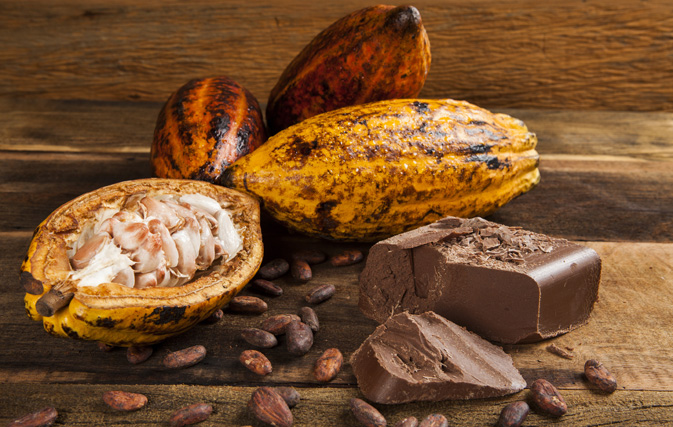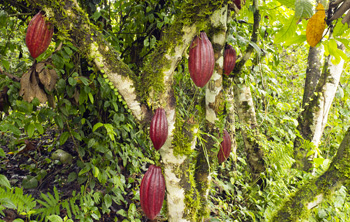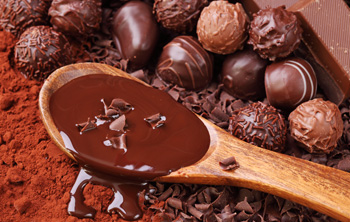
The Caribbean conjures up images of white sandy beaches, turquoise water and fruity cocktails — made with local rum, of course.
But Saint Lucia has something else on offer: chocolate. And there’s no better time to partake than Chocolate Heritage Month, which takes place during the month of November.
While Saint Lucia is known as an upscale Caribbean island, it’s also become a destination for chocolate lovers.
For more:
With its location in the Eastern Caribbean, this tiny island is volcanic in origin, giving it more of a South Pacific feel than many of its neighbours. The lush rainforest is ideal for hikers and birdwatchers — and for growing cocoa.

Cacao (in the form of nibs or powder) is the bean in its raw state; after being roasted and processed, it’s referred to as cocoa.
Turns out, cacao trees thrive in volcanic soil, so the island has produced cacao for centuries on its mountainous slopes. Previously, the beans were shipped off to Europe and the U.S. (namely to Hershey, Pennsylvania), but now the island is keeping some of those beans for its own chocolate production — a method that has barely changed over the years.
Travellers can tour cacao plantations and learn how chocolate is made (the traditional way) and, best of all, sample the end results through chocolate-inspired menus and spa treatments.
Many tour operators offer cacao plantation tours, including La Dauphine Estate, Fond Doux Estate and Marquis Estate. Jade Mountain (probably best known for its appearances on ‘The Bachelor’ reality TV show) offers ‘bean-to-bar’ tours.
At Coconut Bay Beach Resort & Spa, local, organic ingredients are used whenever possible in its restaurants, as well as its spa. And on Sunday nights starting at 9 p.m., the resort rolls out a chocolate buffet — which is exactly what it sounds like. On a long table decorated with elaborate chocolate sculptures and a chocolate fountain, guests can sample everything from chocolate truffles to cacao-inspired martinis.
 But chocolate isn’t just for dessert. Saint Lucia’s chocolate is produced on estates, and a ‘single-estate’ chocolate has its own distinct flavour, similar to a wine’s terroir. Pure cacao is not sweet; it has an intense flavour and can be used in savoury dishes as well as desserts.
But chocolate isn’t just for dessert. Saint Lucia’s chocolate is produced on estates, and a ‘single-estate’ chocolate has its own distinct flavour, similar to a wine’s terroir. Pure cacao is not sweet; it has an intense flavour and can be used in savoury dishes as well as desserts.
Earlier this week, Chef Nina Compton, Saint Lucia’s culinary ambassador (who was voted fan favourite on the TV show ‘Top Chef’) visited Toronto to serve up a cacao-inspired dinner, from appetizer to dessert.
This included chocolate BBQ meatballs, cocoa-dusted tuna tataki, spiced chocolate soup with foie gras, cocoa-braised short ribs and pumpkin custard with salted caramel and cacao nibs.
One tradition that shouldn’t be missed is cocoa tea, which is served everywhere in Saint Lucia, from high-end restaurants to street-side stalls. The drink was created by newly freed slaves as an alternative to imported coffee or tea, and is now a part of the country’s heritage.
The drink is made by grating a cocoa stick into hot water with cinnamon and vanilla (and sometimes a bay leaf or chili powder, depending on the recipe). For a more adult version, add Saint Lucia’s own Chairman’s Reserve rum for a cocoa tea martini.
The Saint Lucia Tourist Board offers a Chocolate Heritage Trail map, a fun way to explore the island and learn about its history and culture.
And don’t worry: cacao is packed with antioxidants and has been shown to reduce high blood pressure, so you have good reason to indulge.
